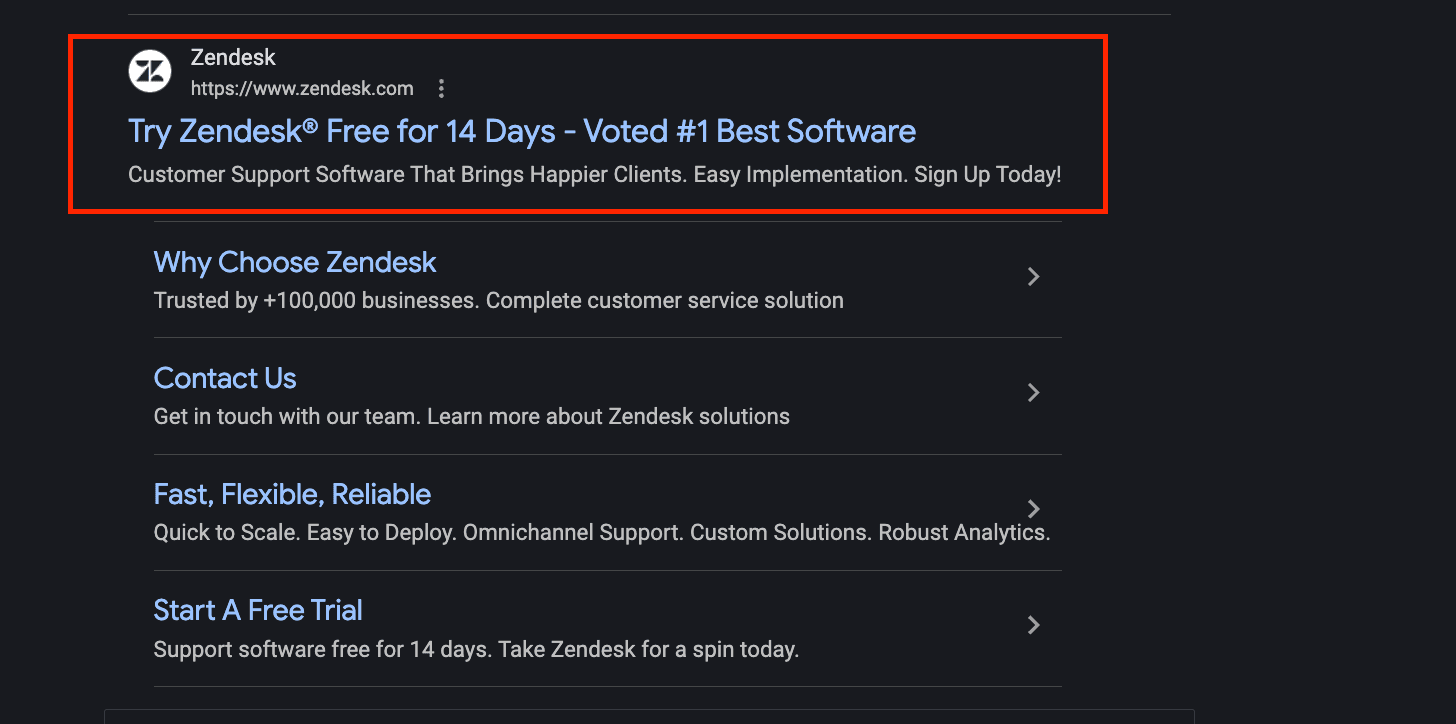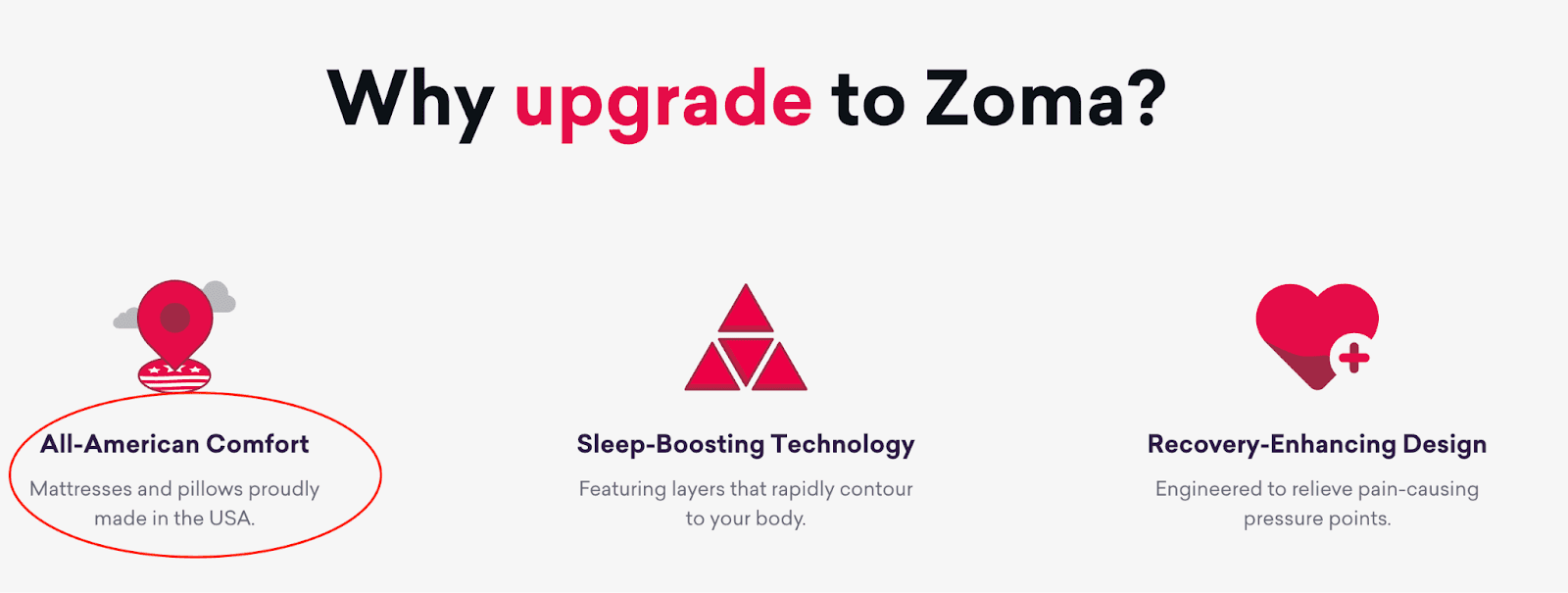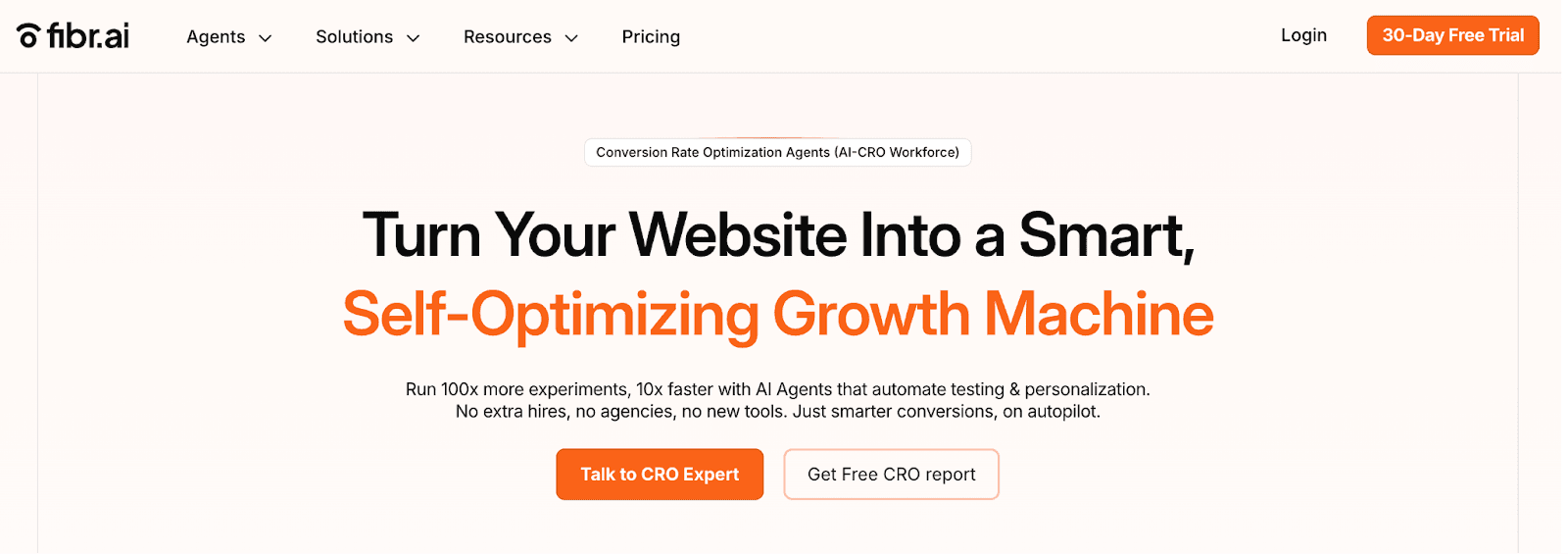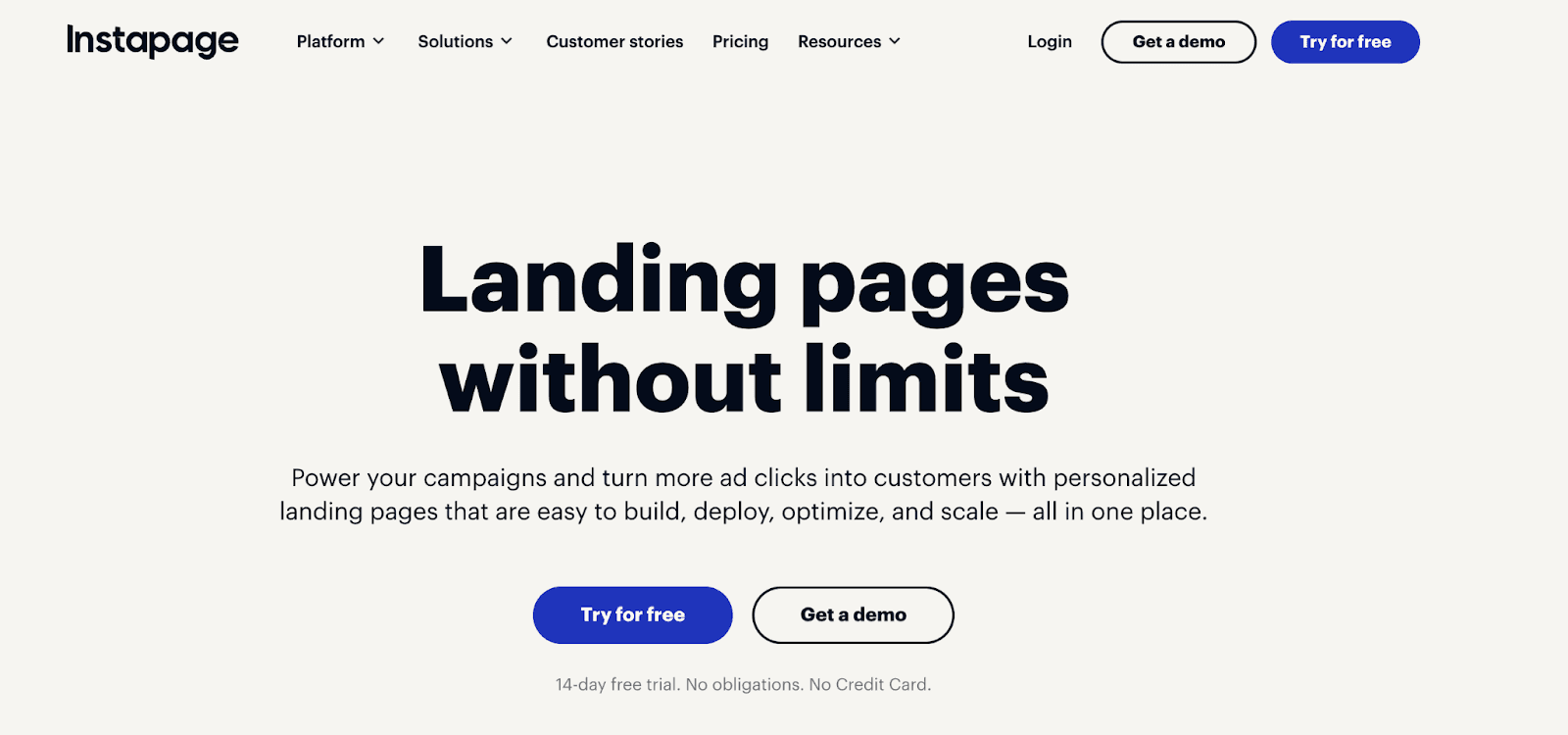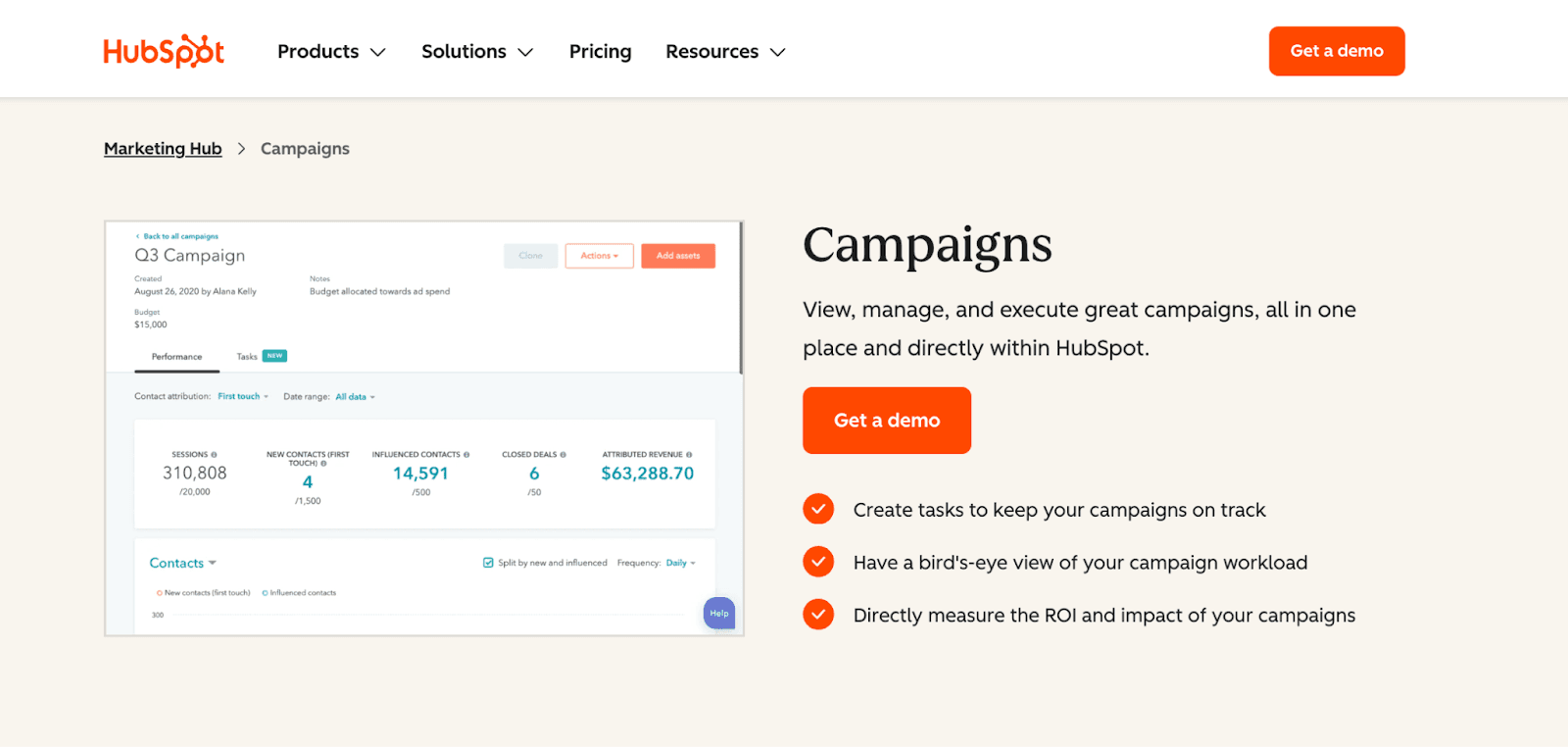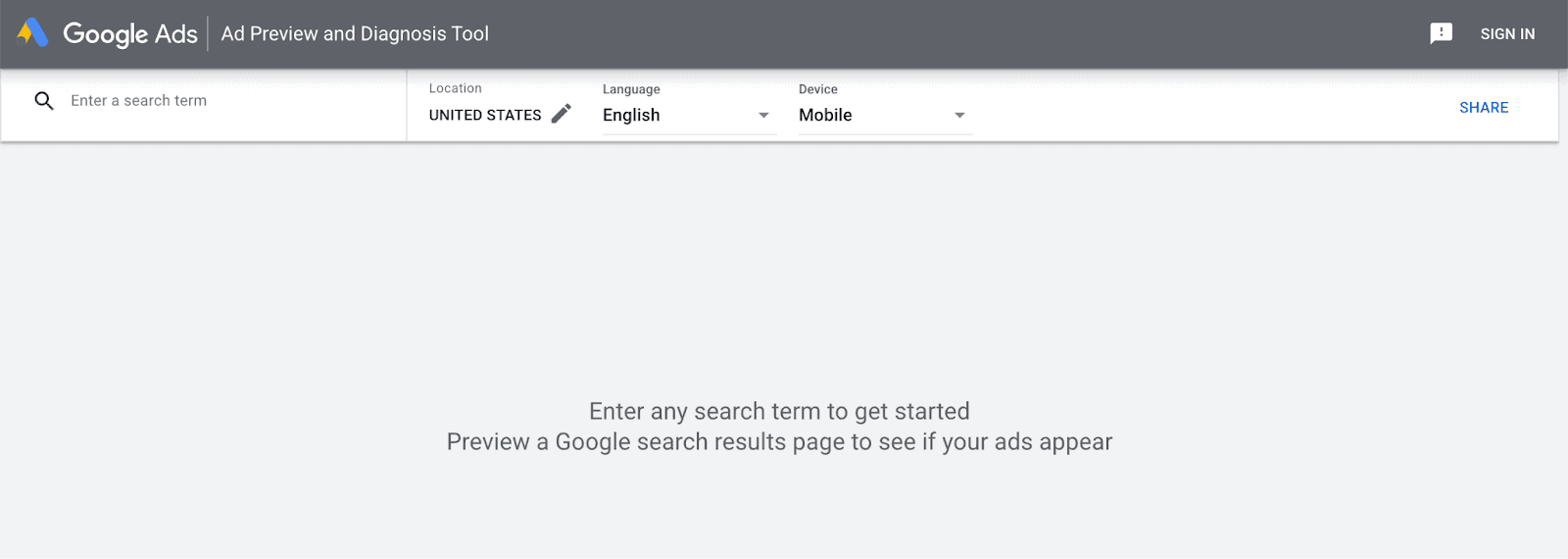Introduction
What Is Message Match?
What is a Message Match?
Why Message Match Matters (And What Happens When You Miss It)
The Psychology Behind Message Match: How It Actually Works
How To Get The Message Match Right? (It’s No Rocket Science!)
Message match works best when you treat the user journey as one connected experience. Each touchpoint should feel like a natural continuation of the last. Below is a simple, structured way to build that consistency into your campaigns.
Step 1: Start with a single clear promise
Every strong campaign begins with one core message. This promise shapes what you say, how you say it, and what the user expects after the click. It keeps the ad and landing page aligned and prevents you from cramming in extra points that dilute the offer.
When the message stays focused, users immediately understand what you’re offering and why it matters. They don’t have to decode your intent or guess what the next step is. This clarity is what makes the journey feel tight and purposeful.
Quick tip: Use a message map. A message map helps teams stay aligned. It lists the primary message, supporting points, tone, and CTA so you avoid mixed signals across assets. It looks something like this:
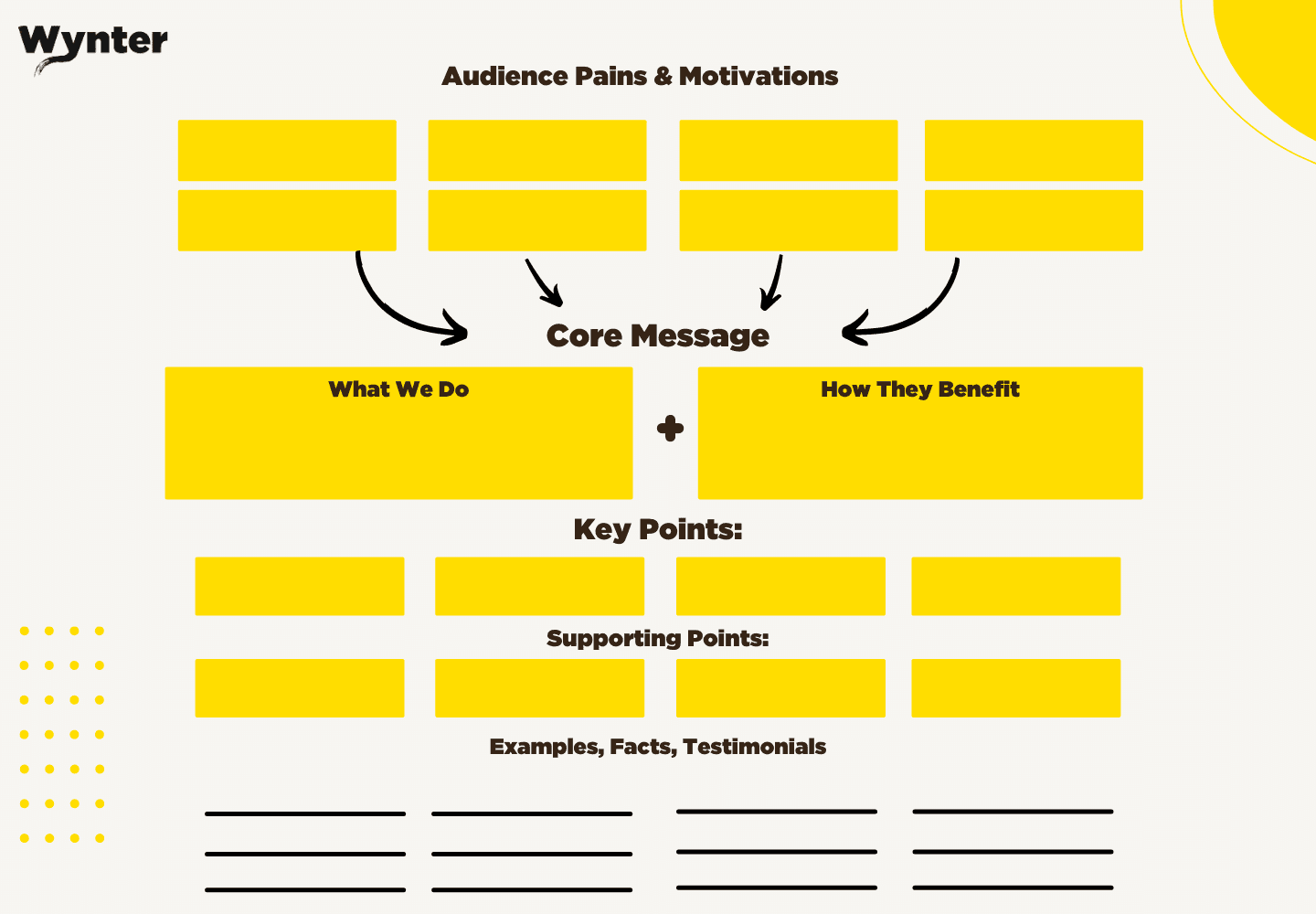
You can create your own message map template using a simple table or a one-page layout in Notion, Google Docs, or Figma. It’ll look something like this:

Start with the core promise. Add three to four supporting points. Define the tone. Choose your CTAs. Include colours, imagery style, and layout patterns to maintain recognition after the click. And done.
Do: Keep one promise from ad to post-click.
Don’t: Introduce new promises mid-journey.
Step 2: Mirror your headlines and visuals
Users look for instant confirmation that the page matches the ad they clicked. The headline and visuals deliver that confirmation within seconds. When they match, the experience feels familiar. When they don’t, people question their click and lose momentum.
To avoid that pause, keep your headline as close as possible to the ad’s core message. Use the same keywords, the same angle, and the same visual cues. If the ad shows a specific product shot, use that same shot on the page. If the ad highlights a benefit, make it the first line on the landing page.
This removes doubt and keeps the user moving forward without having to verify anything on their own.
Do: Repeat your core phrase and match your creative style.
Don’t: Introduce new tones, colours, or angles on the landing page.
Step 3: Align your CTAs and value proposition
CTAs create expectations. The moment someone clicks an ad, they’ve agreed to take a specific action. If the wording changes when they land on the page, the meaning shifts and the expectation breaks. “Get started” implies immediate access. “Try free” implies hands-on use. “Book a demo” implies a scheduled conversation. These are not interchangeable, and users pick up on the difference instantly.
Your CTA(s) should reflect both the level of commitment required and the value proposition you’re offering. If your product is built around speed or simplicity, the CTA should reinforce that with clear, direct language.
If the offer is experience-driven, use verbs that signal exploration or trial. What matters most is that the CTA across the ad, landing page, and follow-up touchpoints all describe the same next step. This keeps the user oriented from click to confirmation and removes any doubt about what they’re agreeing to.
A strong, consistent CTA follows three simple principles:
Match the intent, not just the wording: If the ad promises something instant (“Start now”), the landing page must support an instant action instead of routing users into a long form or a sales calendar.
Keep the action level consistent: Avoid jumping from a low-commitment CTA (ad: “Learn more”) to a high-commitment one (page: “Book a call”). This creates a psychological mismatch and increases hesitation.
Reflect the value proposition in the CTA: If your main benefit is speed, clarity, or simplicity, choose verbs that reinforce that (such as: “Start in minutes,” “See how it works,” “Try free.”)
Here are some examples of CTA alignment:
✔️Ad CTA: Get started
✔️Landing page CTA: Get started
✔️Confirmation email CTA: Get started
Let’s see how Sybill handles this.

Screenshot of Sybill’s sponsored free-trial ad

Screenshot of Sybill’s homepage with 14-day free trial CTA

Screenshot of Sybill’s free-trial page
Notice the 14-day consistency? It helps users trust the path and continue without hesitation.
Do: Make your CTA the same across all steps.
Don’t: Switch from “Get started” to “Book a demo” or “Sign up.”
Step 4: Review design and UX consistency
UX consistency helps users stay oriented. When spacing, hierarchy, and interaction patterns remain steady, the experience feels predictable and easy to follow. Even small inconsistencies can disrupt flow and make users hesitate. Just a signature colour can increase brand recognition by 80%.
Consistency also strengthens message retention. When the layout, rhythm, and visual cues remain steady, users form a clearer mental model of the experience. This reduces the micro-friction that often leads to quiet drop-offs, especially on high-intent clicks where the ad already sets expectations.
Here’s how DoveRunner ensured UX consistency across its home and product pages.

Screenshot of DoveRunner’s homepage
DoveRunner’s homepage keeps a clear structure. The headline, supporting copy, and CTAs follow a simple visual order, and the navigation layout mirrors that same logic. The spacing, button style, and typography stay uniform, so users always know where to look next.
The pattern is consistent across its product pages.
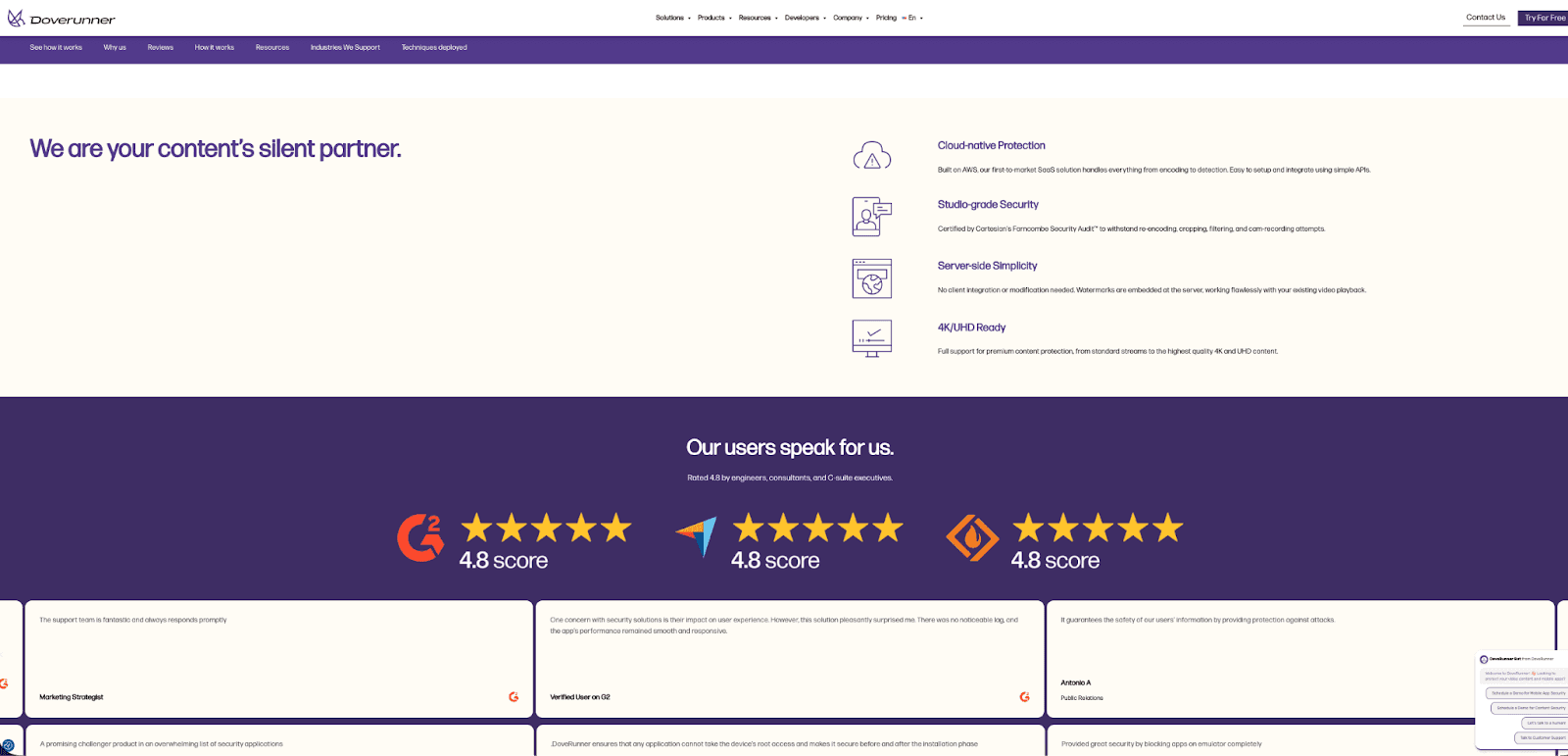
Screenshot of DoveRunner’s product page
Such a steady layout makes it easier for users to connect the page with the ad they clicked. Nothing feels out of place, and the journey continues without friction.
Do: Maintain consistent spacing, hierarchy, and UI patterns.
Don’t: Shift layouts or introduce new styles that force users to reorient after the click.
Step 5: Test and measure message match
Message match improves through testing. The goal is to understand how well your ad and landing page communicate as one unit. Here are some useful tools:
Unbounce: Tests landing page headlines and visuals.
Instapage: Helps evaluate ad-to-page relevance.
VWO: Tracks user behaviour like scroll depth and click maps.
You must track relevant key metrics such as bounce rate, scroll depth, time on page, conversion rate, etc., to check whether your message is landing smoothly. These signals reveal where users pause, hesitate, or disconnect, helping you refine alignment with real behaviour rather than assumptions.
Do: Test versions with matched and mismatched messaging.
Don’t: Rely on assumptions. Let behaviour guide your decisions.
Once you’ve got the steps right, here are a few more ways to improve message match:
Use dynamic text to keep headlines relevant to the keyword or audience segment (helps maintain continuity without extra pages).
Match the visual content from the ad to page (same colours, imagery, and mood to avoid disorientation).
Align the phrasing of your subheaders and supporting copy with the ad (users look for the exact words they clicked).
Use a simple message and remove unnecessary jargon.
Make the benefit obvious in the first screen (users shouldn’t have to scroll to understand what they get).
5 Best Message Match Apps And Tools You Must Try
5 Common Message Match Mistakes (and How to Avoid Them)
Even strong campaigns fall apart when the ad and landing page don’t speak the same language. A single mismatched phrase or visual shift is enough to break the connection. Here are the most common mistakes marketers make (and how to avoid them):
Using inconsistent CTAs (mirror the same verbs and intent from ad to page)
Promising more in the ad than the page delivers (audit every claim and match it transparently)
Designing landing pages without considering the ad that drove the click (share ad creative and tone before page design)
Ignoring mobile layout and losing key messages below the fold (preview on mobile and keep CTAs visible early)
Breaking post-click consistency in thank-you pages and onboarding (keep tone, design, and promises aligned after the click)
Tracking Message Match ROI Using Relevant Metrics
According to a report by Unbounce, SaaS landing pages convert at a median rate of 3.8%, which is noticeably lower than the all-industry benchmark of 6.6%. Hardware pages perform slightly better at 4.1%, while data and infrastructure pages sit closer to 3.3%. Numbers like these show how much impact clearer, more consistent messaging can make.
The same report further highlights how mobile behaviour adds to the challenge. Nearly 79% of SaaS landing page visits happen on mobile devices, so any break in alignment—cut headlines, missing CTAs, or cramped layouts—makes visitors drop off before they even consider the offer.
Small improvements in relevance and continuity often translate into meaningful gains. Better message match reduces friction, strengthens trust, and helps every click work harder for your ROI.
Make Every Click a Promise and Increase Conversions
Message match is not a design detail. It is clarity, trust, and respect for your buyer’s time. When your ads and landing pages speak in one steady voice, you make it easier for people to understand your offer and continue the journey they chose to start.
This is exactly where Fibr AI comes in as an AI CRO platform built around message match and dynamic experiences, with named AI agents that handle the grunt work of keeping your pages aligned with every click.
Here are its best features at a glance:
AI agents that act like a CRO team on autopilot
Liv: a personalization agent that matches every Google, Meta, TikTok, or LinkedIn ad to a personalized landing page.
Max: an experimentation agent that generates hypotheses, builds variants, and runs continuous A/B tests without dev support or spreadsheets.
Aya: a monitoring agent that runs daily page speed checks, flags performance drops, and explains fixes in plain language.
Message match and personalization at scale
1-to-1 personalized landing pages for every ad, audience, or campaign, including keyword-level variations for large B2C and BFSI brands.
Bulk page creation to create thousands of tailored landing pages with a few clicks instead of manually cloning and editing templates
Audience personalization based on attributes like location, device, traffic source, visit count, and behavior, so the same page adapts in real time for different visitors
Testing, analytics, and integrations baked in
Always on AI-driven A/B testing that keeps iterating on headlines, CTAs, layouts, and offers
Deep integrations with ad platforms like Google and Meta so you can map campaigns, ad groups, or individual ads straight to personalized post-click experiences
No code editor, GA4 and GTM integrations, and centralized campaign management
Start the 30-day Fibr AI trial and see what a tight message match does to your funnel.
FAQs About Message Match
What does message match mean in marketing?
Message match means keeping your ad, landing page, and follow-up messages consistent in wording, tone, and design. It ensures users see the same promise throughout their journey, reducing confusion and building trust.
What is a message match app?
A message match app helps marketers verify and optimize ad-to-landing page consistency. Tools like Unbounce, Instapage, and Fibr.ai analyze headlines, visuals, and CTAs to ensure alignment that improves engagement and conversion rates.
What are some examples of message match?
Examples include an ad offering a “Free Trial” that leads to a page with the same headline and CTA, or consistent visuals and tone across email, ad, and landing page, reinforcing the same message and intent.
How do I test message match in my campaigns?
Run A/B tests comparing matched and mismatched ad–landing page pairs. Track metrics like bounce rate, conversion rate, and time on page. Tools such as Google Optimize or VWO can help identify alignment gaps.
How does message match improve conversions?
Message match improves conversions by reducing friction and reinforcing clarity. When users see the same language and tone across touchpoints, they feel understood, trust the brand more, and are more likely to complete the desired action.
About the author

Pritam Roy, the Co-founder of Fibr, is a seasoned entrepreneur with a passion for product development and AI. A graduate of IIT Bombay, Pritam's expertise lies in leveraging technology to create innovative solutions. As a second-time founder, he brings invaluable experience to Fibr, driving the company towards its mission of redefining digital interactions through AI.










